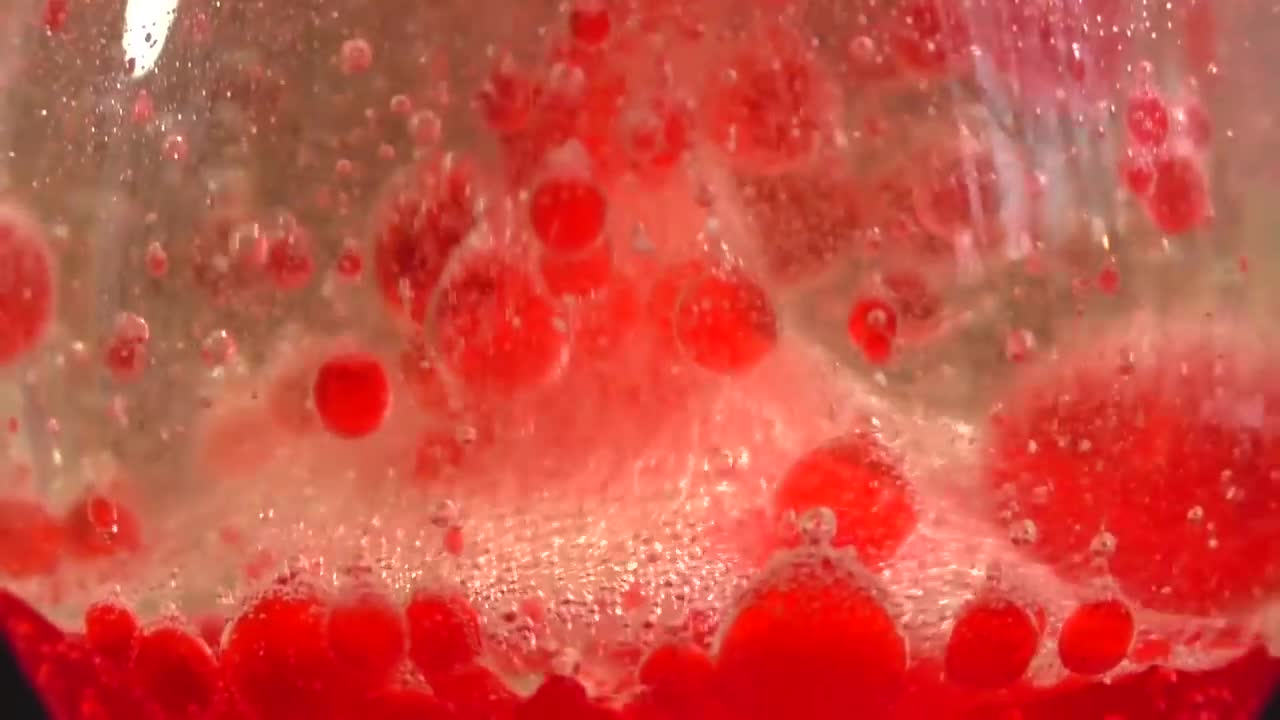Premium Only Content

5 CRAZY WATER TRICKS
Water, a substance composed of the chemical elements hydrogen and oxygen and existing in gaseous, liquid, and solid states. It is one of the most plentiful and essential of compounds. A tasteless and odourless liquid at room temperature, it has the important ability to dissolve many other substances. Indeed, the versatility of water as a solvent is essential to living organisms. Life is believed to have originated in the aqueous solutions of the world’s oceans, and living organisms depend on aqueous solutions, such as blood and digestive juices, for biological processes. In small quantities water appears colourless, but water actually has an intrinsic blue colour caused by slight absorption of light at red wavelengths .
Water is a transparent, tasteless, odorless, and nearly colorless chemical substance that is the main constituent of Earth's streams, lakes, and oceans, and the fluids of most living organisms. Its chemical formula is H2O, meaning that each of its molecules contains one oxygen and two hydrogen atoms that are connected by covalent bonds. Strictly speaking, water refers to the liquid state of a substance that prevails at standard ambient temperature and pressure; but it often refers also to its solid state (ice) or its gaseous state (steam or water vapor). It also occurs in nature as snow, glaciers, ice packs and icebergs, clouds, fog, dew, aquifers, and atmospheric humidity.
Water covers 71% of the Earth's surface.[1] It is vital for all known forms of life. On Earth, 96.5% of the planet's crust water is found in seas and oceans, 1.7% in groundwater, 1.7% in glaciers and the ice caps of Antarctica and Greenland, a small fraction in other large water bodies, 0.001% in the air as vapor, clouds (formed of ice and liquid water suspended in air), and precipitation.[2][3] Only 2.5% of this water is freshwater, and 98.8% of that water is in ice (excepting ice in clouds) and groundwater. Less than 0.3% of all freshwater is in rivers, lakes, and the atmosphere, and an even smaller amount of the Earth's freshwater (0.003%) is contained within biological bodies and manufactured products.[2] A greater quantity of water is found in the earth's interior.[4]
Water on Earth moves continually through the water cycle of evaporation and transpiration (evapotranspiration), condensation, precipitation, and runoff, usually reaching the sea. Evaporation and transpiration contribute to the precipitation over land. Large amounts of water are also chemically combined or adsorbed in hydrated minerals.
Safe drinking water is essential to humans and other lifeforms even though it provides no calories or organic nutrients. Access to safe drinking water has improved over the last decades in almost every part of the world, but approximately one billion people still lack access to safe water and over 2.5 billion lack access to adequate sanitation.[5] However, some observers have estimated that by 2025 more than half of the world .
-
 0:37
0:37
Area727
4 years agoCrazy Tongue Tricks!
187 -
 1:46
1:46
ViralHog
4 years ago $0.08 earnedCustomer Goes Crazy Over Cup of Water
212 -
 0:39
0:39
Buzzvideos - EN
4 years agoCrazy guy water skis on stilts
16 -
 3:50
3:50
Sunset Seekers
4 years ago $0.01 earnedRV Water Heater Anode Rod Replacement | RV Water Heater Tips & Tricks
951 -
 18:37
18:37
CommanderOutdoors
4 years agoSide by sides getting crazy in deep water
97 -
 1:23
1:23
NepalayaTech
4 years agoWhatsApp Tricks
58 -
 0:07
0:07
jkleemlel
4 years ago $0.01 earnedCrazy crazy kids
130 -
 0:34
0:34
BikerKash
4 years agoBiker Kash tricks
31 -
 0:07
0:07
Buckshotdgs
4 years agoSkateboarding tricks
131 -
 1:28
1:28
FatherRosadoTV.com
4 years agoBully Breed Tricks
70